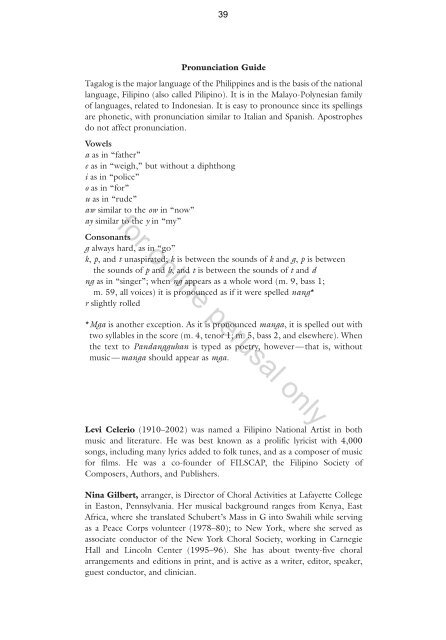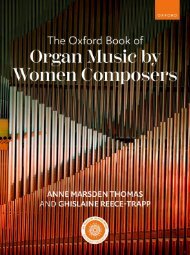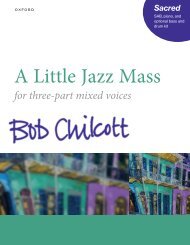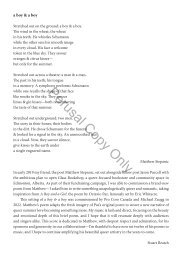You also want an ePaper? Increase the reach of your titles
YUMPU automatically turns print PDFs into web optimized ePapers that Google loves.
39<br />
Pronunciation Guide<br />
Tagalog is the major language of the Philippines and is the basis of the national<br />
language, Filipino (also called Pilipino). It is in the Malayo-Polynesian family<br />
of languages, related to Indonesian. It is easy to pronounce since its spellings<br />
are phonetic, with pronunciation similar to Italian and Spanish. Apostrophes<br />
do not affect pronunciation.<br />
Vowels<br />
a as in “father”<br />
e as in “weigh,” but without a diphthong<br />
i as in “police”<br />
o as in “<strong>for</strong>”<br />
u as in “rude”<br />
aw similar to the ow in “now”<br />
ay similar to the y in “my”<br />
Consonants<br />
g always hard, as in “go”<br />
k, p, and t unaspirated; k is between the sounds of k and g, p is between<br />
the sounds of p and b, and t is between the sounds of t and d<br />
ng as in “singer”; when ng appears as a whole word (m. 9, bass 1;<br />
m. 59, all <strong>voices</strong>) it is pronounced as if it were spelled nang*<br />
r slightly rolled<br />
<strong>for</strong> online perusal only<br />
*Mga is another exception. As it is pronounced manga, it is spelled out with<br />
two syllables in the score (m. 4, tenor 1; m. 5, bass 2, and elsewhere). When<br />
the text to Pandangguhan is typed as poetry, however—that is, without<br />
music—manga should appear as mga.<br />
Levi Celerio (1910–2002) was named a Filipino National Artist in both<br />
music and literature. He was best known as a prolific lyricist with 4,000<br />
songs, including many lyrics added to folk tunes, and as a composer of music<br />
<strong>for</strong> films. He was a co-founder of FILSCAP, the Filipino Society of<br />
Composers, Authors, and Publishers.<br />
Nina Gilbert, arranger, is Director of <strong>Choral</strong> Activities at Lafayette College<br />
in Easton, Pennsylvania. Her musical background ranges from Kenya, East<br />
Africa, where she translated Schubert’s Mass in G into Swahili while serving<br />
as a Peace Corps volunteer (1978–80); to New York, where she served as<br />
associate conductor of the New York <strong>Choral</strong> Society, working in Carnegie<br />
Hall and Lincoln Center (1995–96). She has about twenty-five choral<br />
arrangements and editions in print, and is active as a writer, editor, speaker,<br />
guest conductor, and clinician.


















